The Heritage of Issey Miyake’s Itajime Shirt
Named for a Kyoto dyeing technique, this shirt highlights the designer's pleating expertise in a stunning play of color.
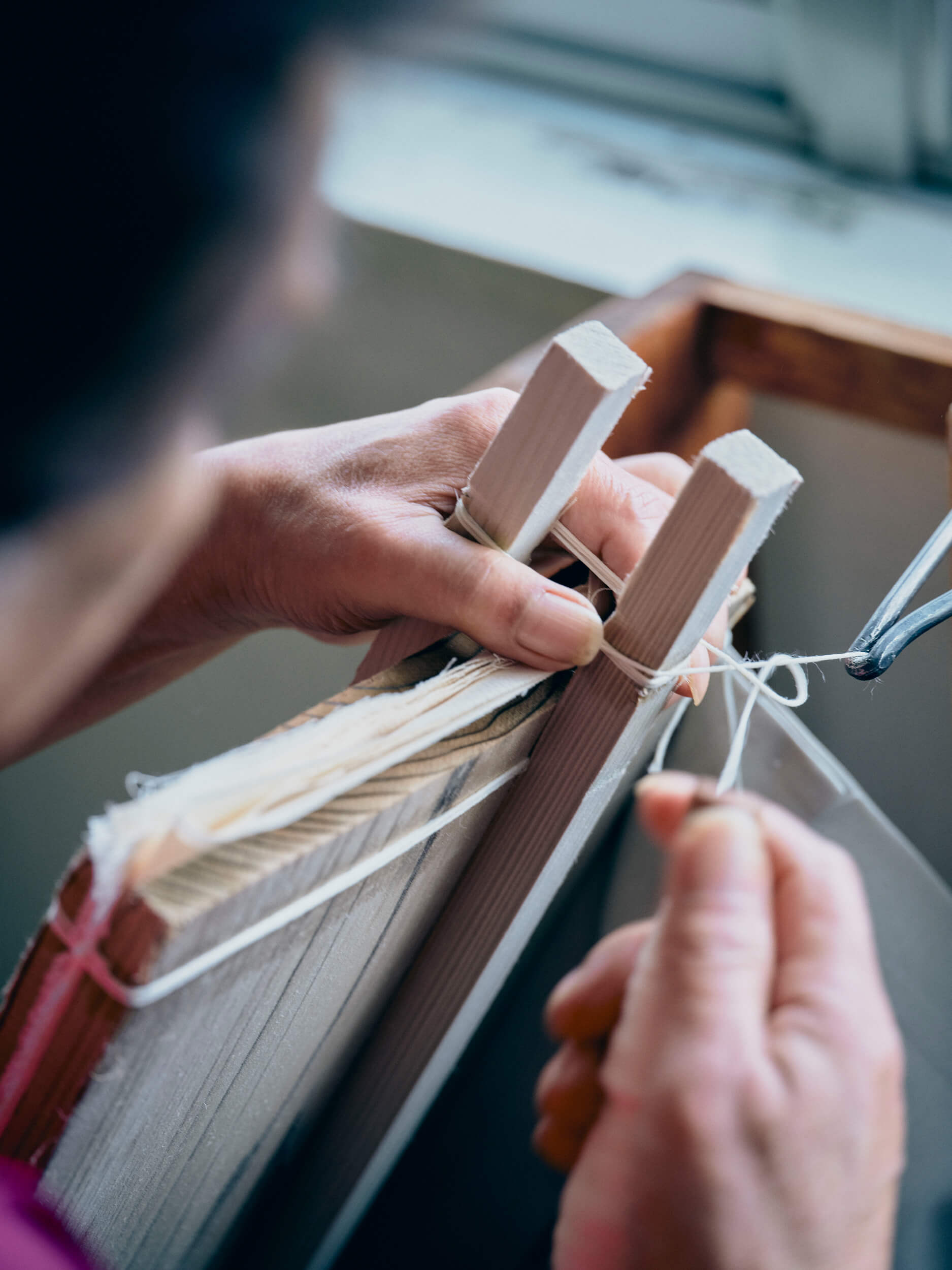
'Itajime' dyeing presses fabric between wooden boards, forming patterns from the contrast of dyed and undyed sections.
Itajime, an age-old Japanese dyeing technique, involves folding fabric and sandwiching it between wooden boards tightly bound with string. The fabric pressed between the boards is shielded from the dye due to the pressure, while the exposed sections absorb the color. Traces of this method can be found in cloth preserved at Shosoin, the treasure house of Todai-ji Temple in Nara.
By carving patterns into the boards, these designs are transferred onto the fabric. Various patterns emerge depending on how the fabric is folded and the intensity of the dyeing process. The boards are often made from cypress (hinoki) or cedar (sugi), prized for their strength and durability. Innovators like Issey Miyake have embraced these traditional techniques, merging them with modern design to create contemporary fashion masterpieces.
Combining craftsmanship with innovative textile technology
From itajime dyeing to hand-pulled silk batting and airbrushing, Pen visited workshops specialised in these traditional techniques to witness the artisans’ exquisite craftsmanship firsthand.
At a workshop in Kyoto, an artisan binds a polyester shirt tightly between wooden boards using string. The movements are quick and precise, yet mastering itajime dyeing reportedly takes over a decade. This seasoned expert has 42 years of experience in the craft.
Rooted in Issey Miyake’s philosophy of using ‘a single piece of cloth,’ the menswear line IM MEN, launched in 2021, exemplifies meticulous craftsmanship. The Itajime Shirt incorporates Kyoto’s traditional dyeing technique and builds on the same line’s Compact Shirt’s popular design, which folds neatly like a handkerchief along visible creases.
Itajime dyeing involves pressing fabric between two wooden boards to create patterns based on the contrast between dyed and undyed sections. First, the Compact Shirt is folded, and the areas intended to remain undyed are pressed between the boards. The boards are then tightly bound with string, producing a loud squeezing sound as they are secured. The string is wrapped so tightly that it visibly indents the boards, ensuring no dye seeps through during the process.
The shirt is then placed in a kiln for about 90 minutes for dyeing and washing. Wooden boards, rather than plastic, are used for practical reasons: the wood absorbs water during dyeing and expands, tightening the press further. Its flexibility also prevents damage to the fabric.
When the dyeing is complete and the shirt is removed, the pressed sections remain beautifully undyed, creating a striking block-color pattern. The boundaries between the colors are subtly blurred, giving the design an organic, handcrafted quality. This seamless execution is made possible by the Compact Shirt’s flat-fold design, which complements the itajime technique. The combination of Issey Miyake’s innovative textile technology and this traditional craft results in a harmonious and striking final product.
More information about the Itajime Shirt and the IM MEN line can be found on Issey Miyake’s website.
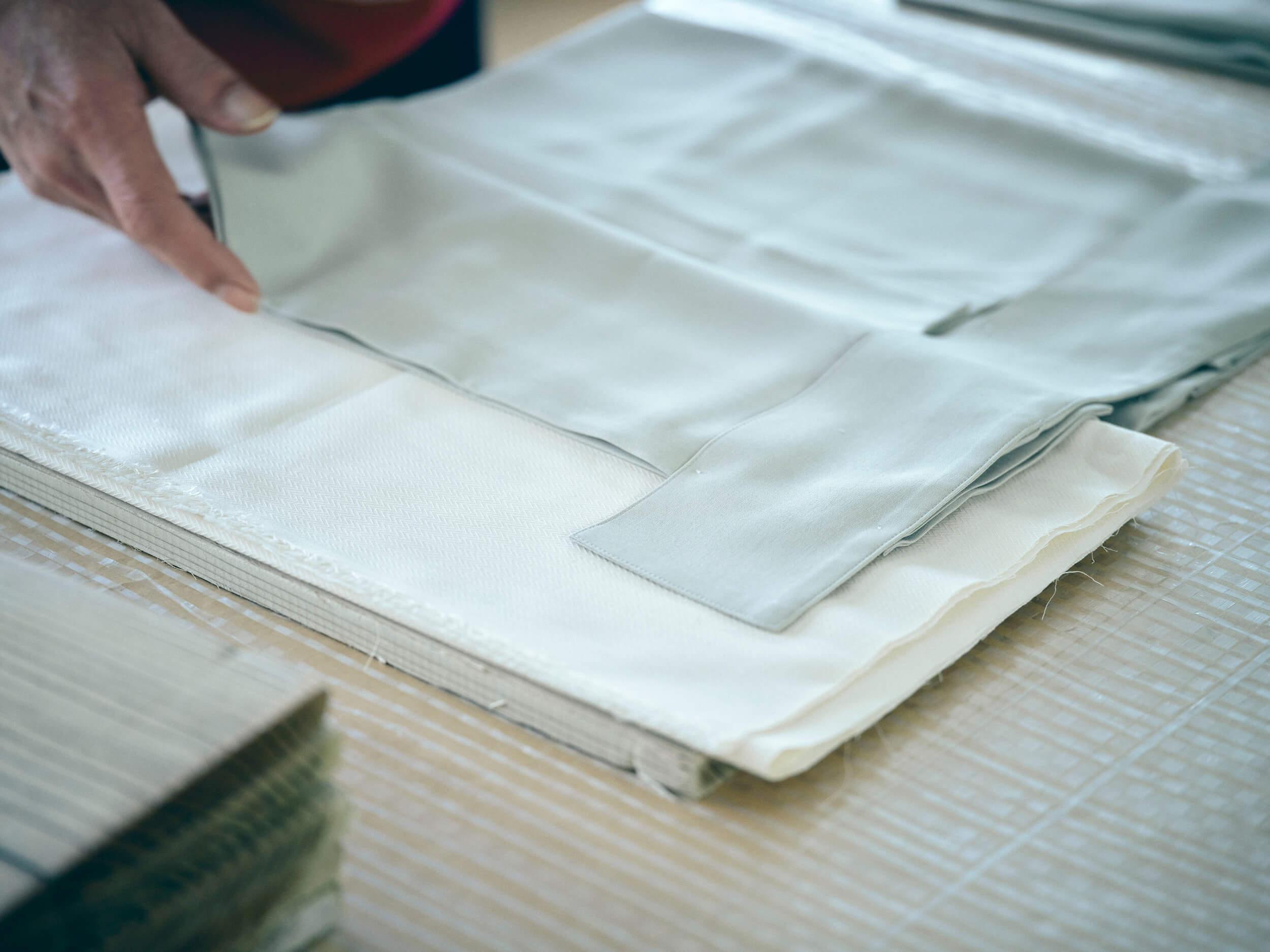
The shirt is pressed between the boards while folded, with a protective white cloth placed underneath to prevent damage.
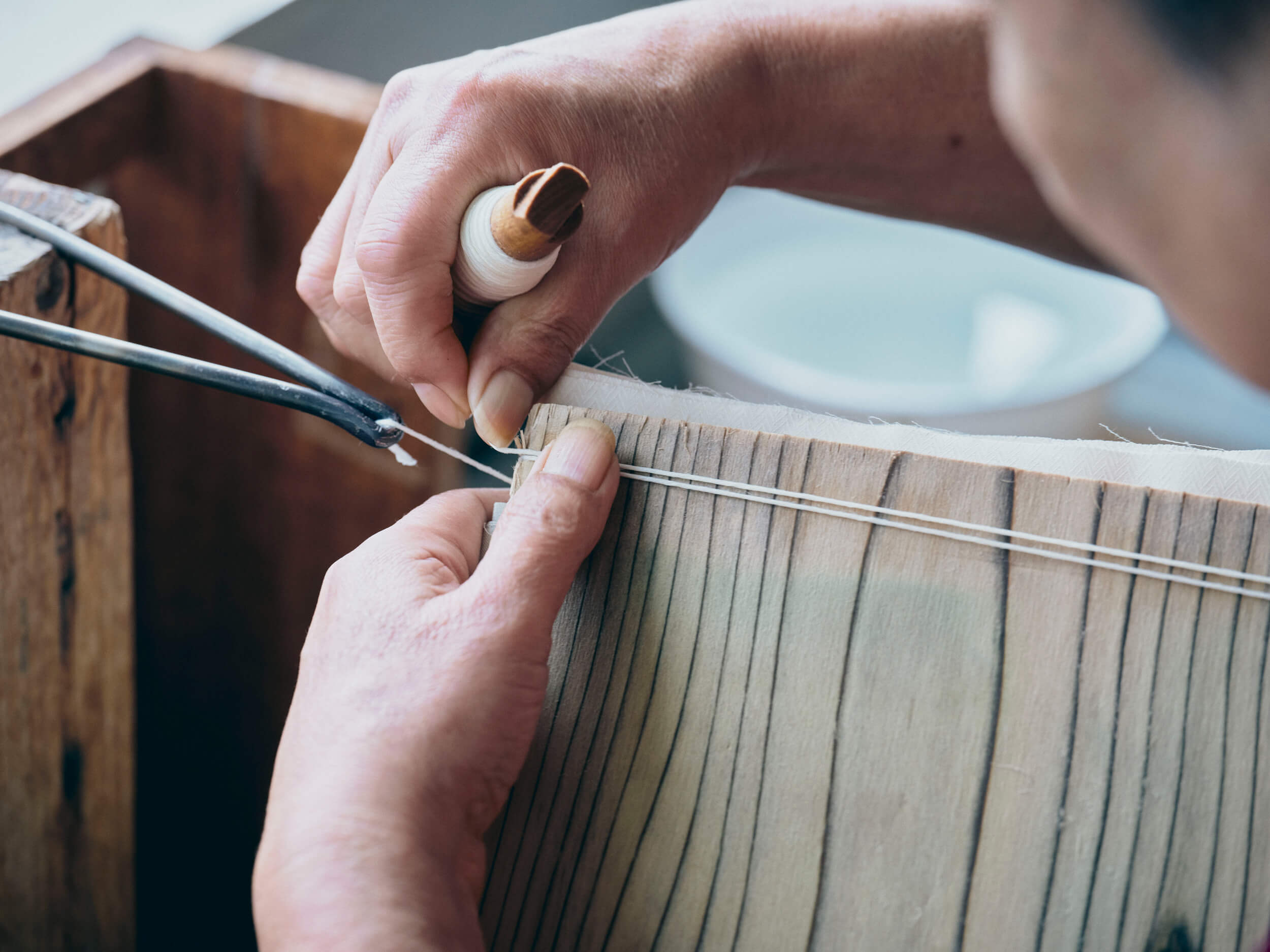
Thread is wound around a custom metal tool and hooked into place. The craftsman tightens the string with precision, creating the signature squeezing sound.

To increase durability, the thread is soaked in water, as dry thread is more prone to breaking.
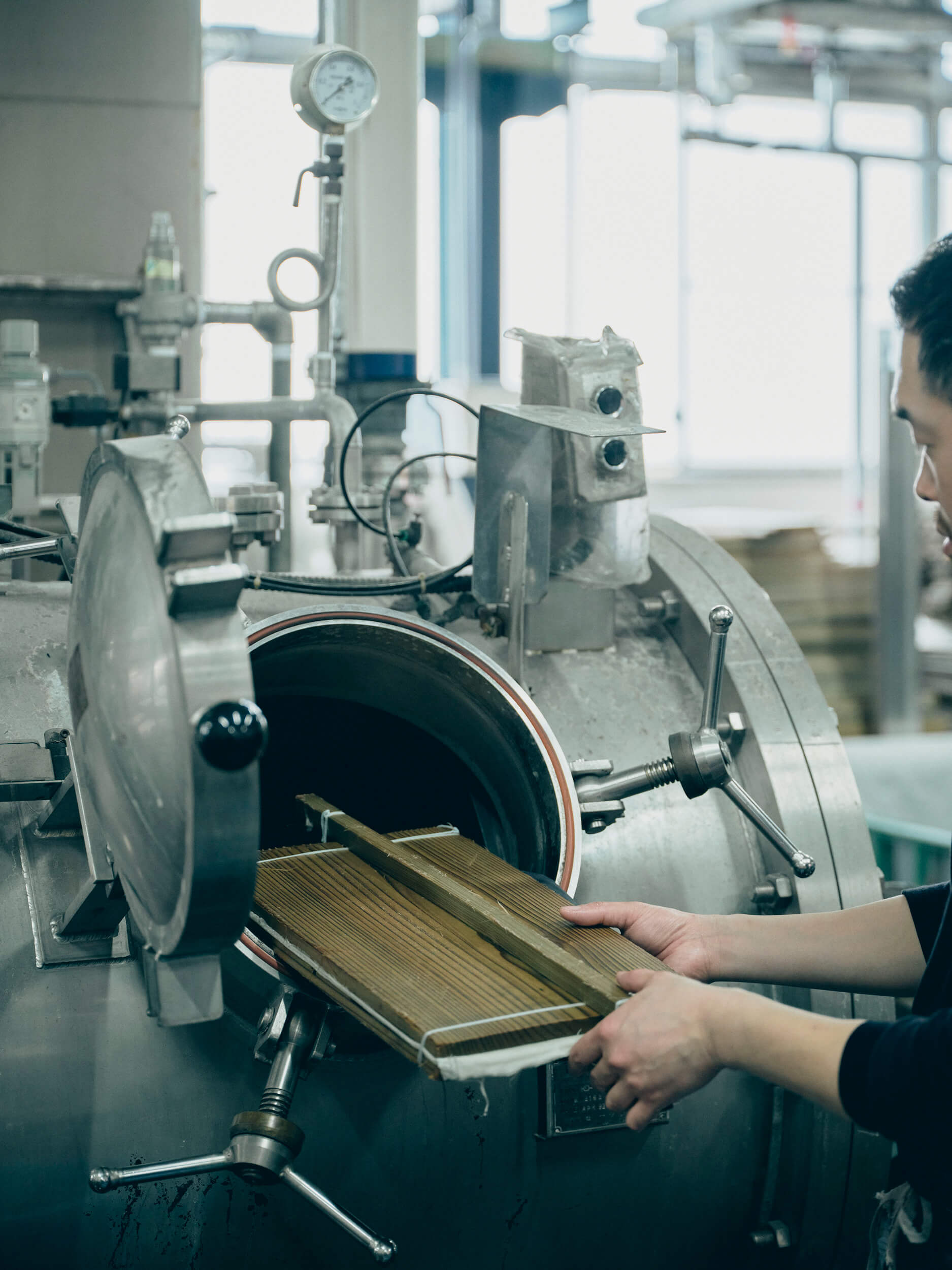
Compactly folded items are placed in the kiln through a small opening for dyeing.
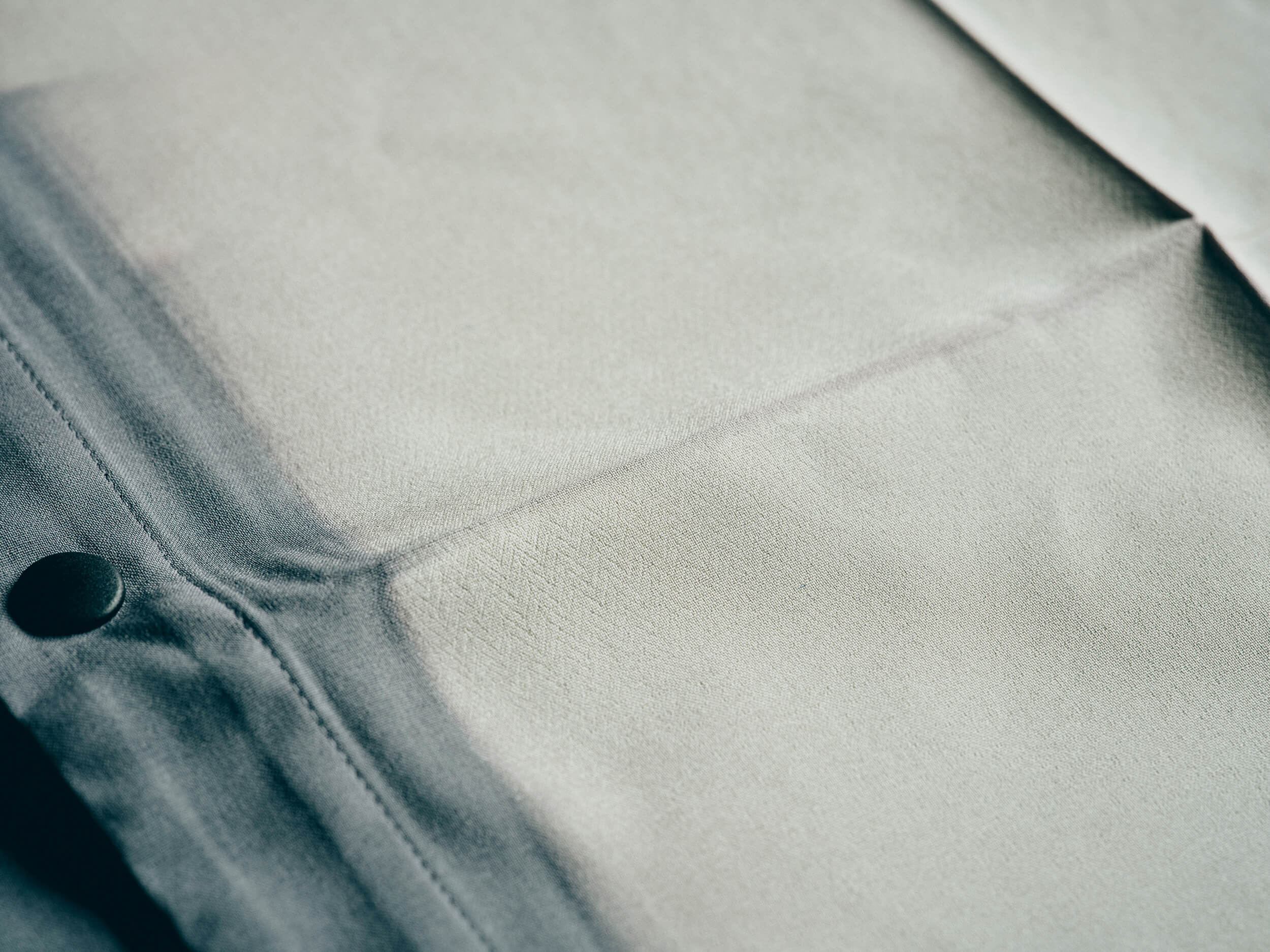
After dyeing, subtle blurring at the block-color boundaries can be observed, adding a distinctive handmade touch.
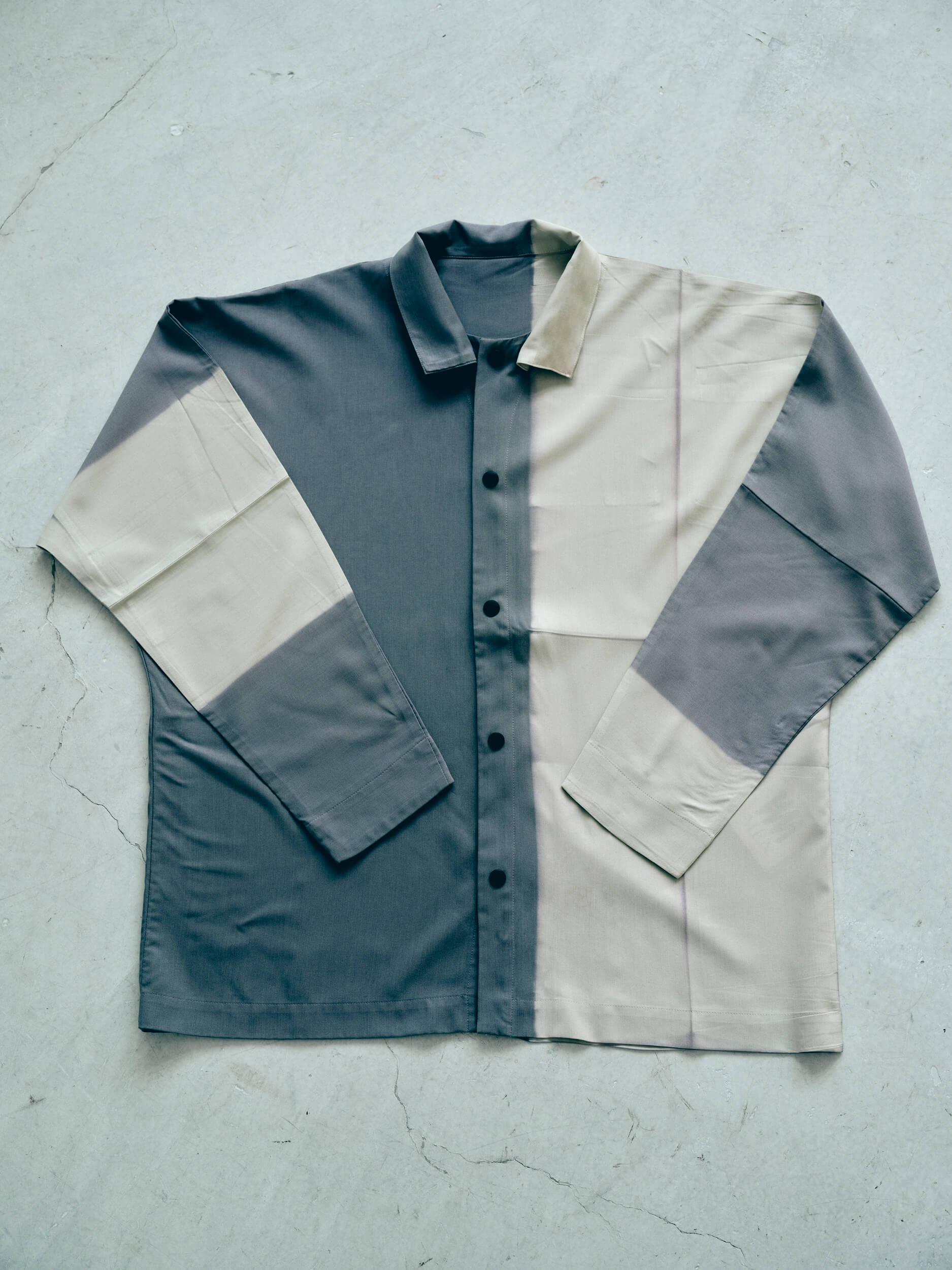
The Itajime Shirt is wrinkle-resistant, washable, and available in light gray, beige, and blue, as shown in the photo. Its delicate craftsmanship and practical design make it a standout piece.
TRENDING
-
The Tattoos that Marked the Criminals of the Edo Period
Traditional tattoos were strong signifiers; murderers had head tattoos, while theft might result in an arm tattoo.

-
Paris, Tokyo: Robert Compagnon
With his co-chef and talented wife, Jessica Yang, Robert Compagnon opened one of the top new restaurants in Paris: Le Rigmarole.
 3:31
3:31 -
Chiharu Shiota, Red Threads of the Soul
Last year, more than 660,000 people visited the retrospective 'Chiharu Shiota: The Soul Trembles' exhibit at the Mori Art Museum.

-
‘Before Doubting Others, Doubt Yourself. Who Can Truly Say a Dish Isn’t What It Used to Be?’
In ‘A Non-Conformist’s Guide to Surviving Society’, author Satoshi Ogawa shares his strategies for navigating everyday life.

-
The Story of Sada Yacco, the Geisha who Bewitched Europe
Described by Dazed magazine as the first beauty influencer, she has been restored to her former glory since 2019.





